#twin peaks: fire walk with me teresa banks and the last seven days of laura palmer
Photo

Twin Peaks: ‘Fire Walk With Me, Teresa Banks and the Last Seven Days of Laura Palmer', Screenplay by David Lynch and Bob Engels, Lynch/Frost Prods. / New Line Cinema, Burbank, CA, [Draft, August 8] 1991
#graphic design#screenplay#script#cover#twin peaks#david lynch#bob engels#mark frost#lynch frost prods.#new line cinema#1990s
208 notes
·
View notes
Text
On ‘Twin Peaks’, Part 1
A Policeman’s Dream
NOTICE: I have tried to avoid concrete spoilers, but honestly, if you haven’t watched the full series, all of this will sound like gibberish anyway, so read on at your own risk.
My very first favorite movie was Snow White and the Seven Dwarves. There was a period of time when I watched it almost every day. My favorite scene, the moment I geared myself up for every time, was of Snow White in her glass coffin, being mourned by the dwarves and other denizens of the woods. I didn’t cry because she was dead (I knew how the story ended), but because the dwarves were sad, weeping for their beloved companion.
Fast-forward twenty years later, during my first year on my own in New York City, when I decided to watch David Lynch's Twin Peaks for the first time. I had developed an impression of what it was—Kyle McLachlan playing a more grown-up version of his character in Blue Velvet (which I saw during my senior year of high school), once again investigating the corruption and decay behind the white-picket-fence façade of an American small town. Something about pie and coffee and owls and a dead teenage girl.
I was not expecting the visceral grief of the pilot episode. The way Pete Martell (Jack Nance)'s voice warbles on the words "wrapped in pla-a-astic"—indignant that Laura Palmer (Sheryl Lee), not just princess, but prom queen, should wind up in so cheap and unworthy a coffin. The tears of Deputy Andy Brennan (Harry Goaz), the Galahad of the Twin Peaks police force, as he examines the body no kiss could revive. Sweet Donna Hayward (Lara Flynn Boyle) and James Hurley (James Marshall) sharing a look of horror as they realize their friend has slipped out of their grasp one final time. Laura Palmer's murder touched everyone in this modest mountain town, so reminiscent of my own home of Missoula, Montana—which, of course, ends up playing a role in the series (and was the birthplace of David Lynch himself).
Over the course of the series, I realized something else: David Lynch and Mark Frost are two of the very few filmmakers who have ever captured the nature of dreams. It's one thing to throw forty-five or sixty or ninety minutes of nonsense at an audience and call it 'dream logic'—it's an entirely different thing to actually transmit the experience of dreaming itself. Special Agent Dale Cooper (McLachlan) has a dream in the third episode, in which a black-gowned Laura Palmer whispers the name of her killer into his ear. A little man in a red suit, his voice recorded backwards and dubbed forwards, says, "Let's rock!" There are red curtains, and a floor with a black-and-white zigzag. That, I thought to myself, that looks like one of my dreams. A series of images and phrases which may or may not retain any meaning upon waking, but which feel incredibly significant while you're experiencing them.
Or take that wonderful scene at the Double-R Diner, when the cerebral Major Garland Briggs (Don Davis), sits down with his wayward, petulant son Bobby (Dana Ashbrook), and describes one of his dreams. In so doing, he helps Bobby understand that despite their disagreements, despite all of Bobby's ill-advised rebellion, his father still loves him. It's a beautiful testament of faith—a little rest from all the terror and confusion surrounding the characters. (An excerpt of Major Briggs' monologue shows up in Terrence Malick's 2016 film Knight of Cups, which is itself a flawed, but frequently arresting meditation on fathers and sons. I almost squealed in the theater.)
The best trick, though, is the way Lynch and Frost made the real world seem like a nightmare. Ronette Pulaski (Phoebe Augustine) crawling out of the fog in her white slip, unable to give voice to what she's been through, languishing under heavy sedation at the hospital. Poor Maddy Ferguson (Sheryl Lee again, but with dark hair and a mousy affect), betrayed by the same figure that killed her cousin Laura. Even jovial Big Ed Hurley (Everett McGill), trapped by guilt into a suffocating marriage, and our Special Agent Dale Cooper, haunted by the woman he couldn't save. In the world of Twin Peaks, all lines are blurred—dream and reality, future and past, even (ultimately) life and death.
So much for the original series. I finished it just after Christmas of 2014. Time moved forward. I followed the rumors of the show's return, that terrible period when it seemed like Lynch wanted no part in this expansion of his creation, and the wild mishmash of speculation on the fates of various characters. (Whither John Justice Wheeler? …Just kidding; no one cared about him.)
In the spring of 2016, I experienced a shattering tragedy of my own: the loss of a friend, a wonderfully talented and tenderhearted young man. He, too, was the focal point for a small, vibrant community of people. He, too, had secrets. In the fall of that year, I started watching Twin Peaks again, in preparation for the new series. Suddenly, the reaction of Sarah Palmer (Grace Zabriskie) to her daughter's death—her madness and devastation—didn't seem so extreme. Time moved differently in the aftermath. One foggy evening in December, I briefly felt as though I had left time completely. (The next morning, under the shroud of a brutal hangover, I experienced every second with thudding clarity.)
I sped through the series, exchanging observations with my brother—how I'd hated creamed corn as a child, the sweetness of the friendship between Shelley Johnson (Mädchen Amick) and Norma Jennings (Peggy Lipton), how, this time around, I felt a certain tenderness toward Bobby Briggs. I skipped a large portion of Season 2—the plotlines of Ben Horne: Civil War Enthusiast and Invitation to Love: The James Hurley Edition in particular. I nursed deep disappointment over the fact that Michael Ontkean would not be returning as Sheriff Harry S. Truman. There's a moment, fairly late in the first series, when Truman hears Agent Cooper coming down the hall, and his face just lights up: here comes my friend. I was sure his steadfast decency would be missed.
The day before the premiere of Twin Peaks: The Return, I finally watched the film Twin Peaks: Fire Walk With Me, which is, chronologically, a prequel to the original series, but would make absolutely zero sense in isolation. (No, I am not going to make the obvious joke here. You can do that on your own.) It functions as something of a dark mirror to the TV show. Instead of the chipper, kindly Dale Cooper, we get Agent Chet Desmond (Chris Isaak)—vaguely louche and sardonic, investigating the death of the transient Teresa Banks (Pamela Gidley), in the badlands of Oregon. The Deer Meadow law enforcement is steeped in corruption and obtusely unhelpful. Harry Dean Stanton shows up as Carl Rodd, owner of the trailer park where Teresa Banks lived, spectacularly put-upon and haunted by… something. At the FBI headquarters in Philadelphia, David Bowie makes an outrageous, ethereal cameo, as a long-lost agent gabbling about convenience stores and someone named Judy (or, rather emphatically not about Judy).
And Laura. Laura Palmer, in her last week on Earth, already nearly crushed by her own secrets. Laura, of the coloratura scream and fathomless blue eyes, desperately trying to protect her darling Donna (portrayed here by Moira Kelly) from the degradation of the infamous Bang Bang Bar (a.k.a. the Roadhouse). Laura, paralyzed with horror when she finally understands the true identity of her tormentor. Laura, seeking one last respite in the arms of the faithful James, before disappearing into the woods where her martyrdom awaits. In a world where another season of the show would likely never happen, Fire Walk With Me provides an ending. Notice I didn't say 'the' ending.
Please join me for Part 2, coming tomorrow!
3 notes
·
View notes
Photo

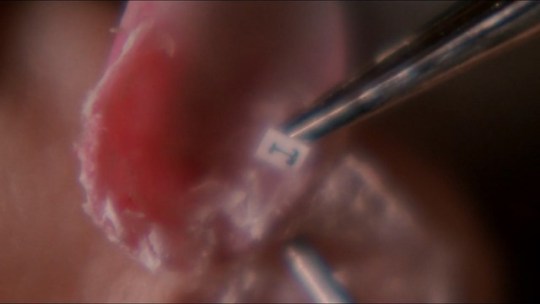
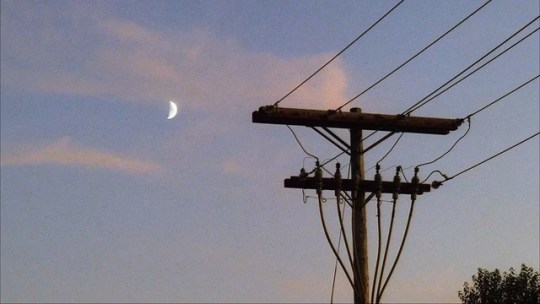

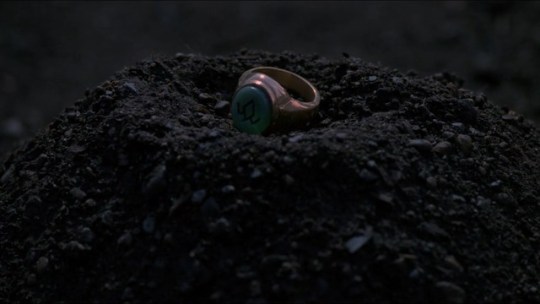
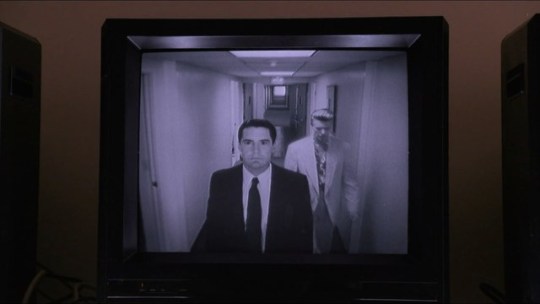
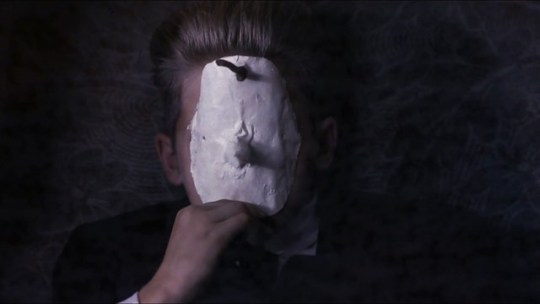

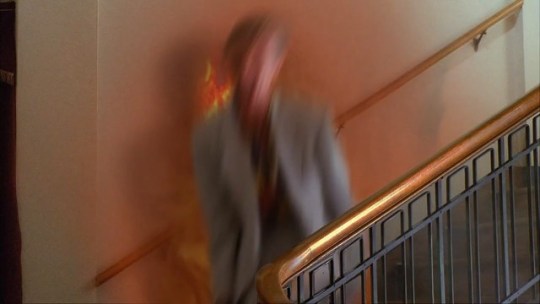
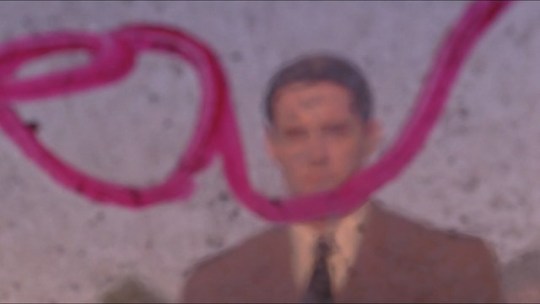
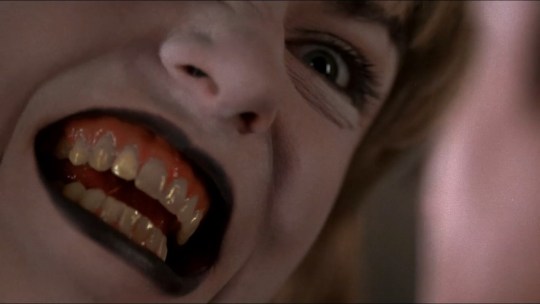





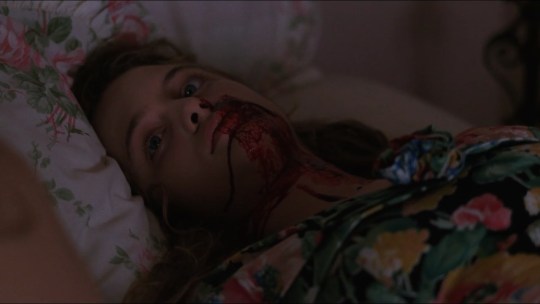
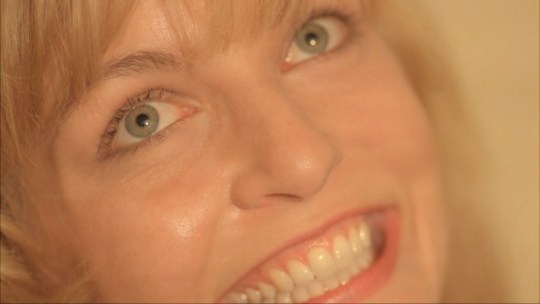
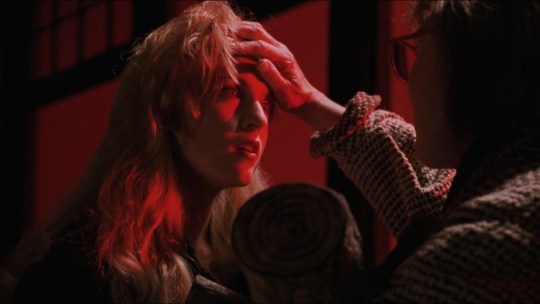
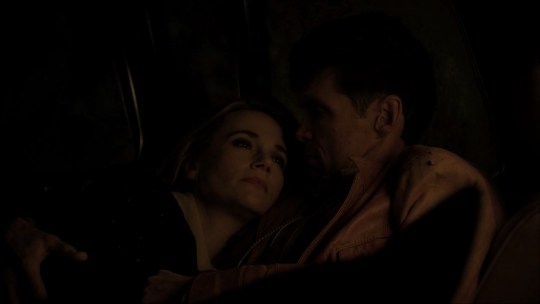
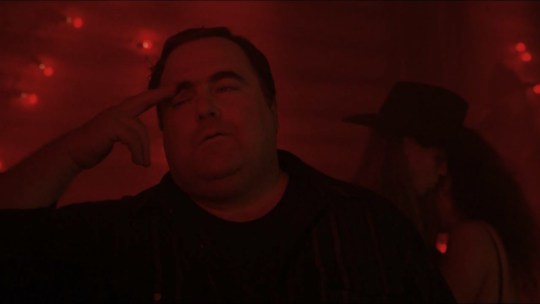

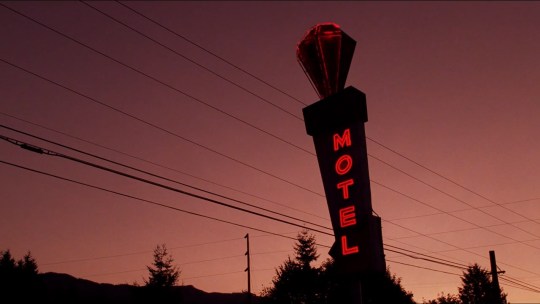
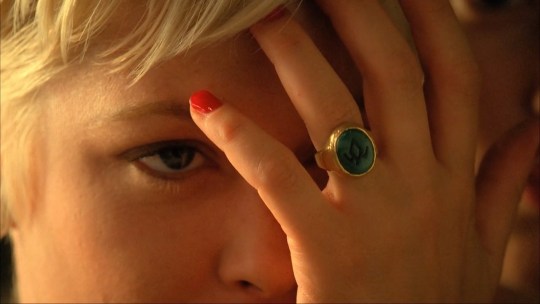
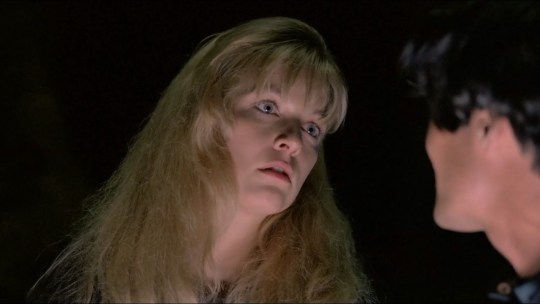

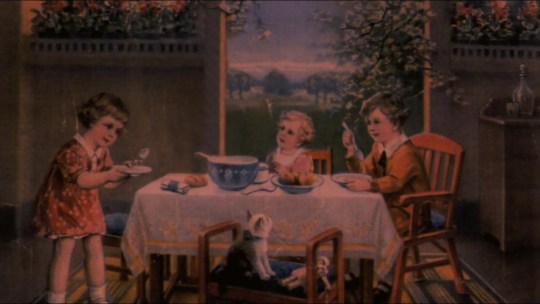
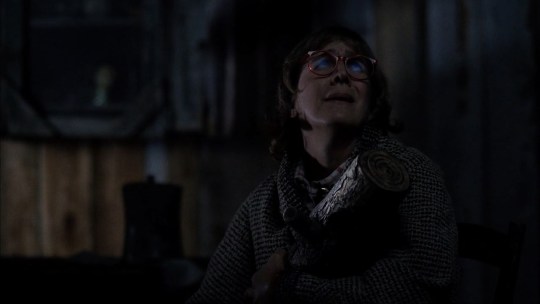
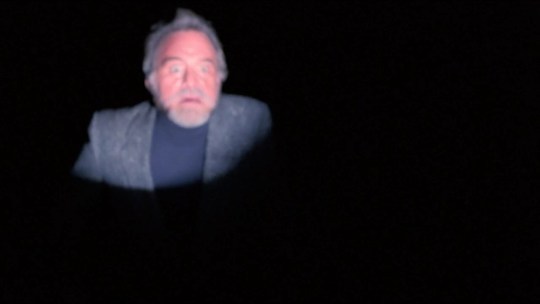

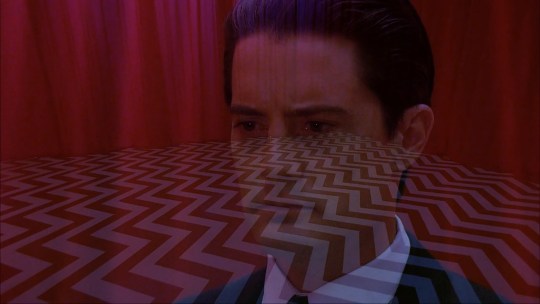

Twin Peaks: Fire Walk With Me [”Teresa Banks, and The Last Seven Days of Laura Palmer” Extended Cut] (1992) dir. David Lynch, cinematography by Ronald Víctor García, extended cut edited and compiled by Q2
Shout out to @fuckmaniknowbuthey for hooking me up with yet another fantastic fanedit.
75 notes
·
View notes
Text

Since the new Twin Peaks is out tonight, I thought it would be a cool idea to introduce you guys to some David Lynch films that you may or may not have watched. If you don’t know who David Lynch is, he is basically the embodiment of, what multiple sites have called him, “a renaissance man of modern filmmaking” and does just about everything you can think of a person doing. He is a director, screenwriter, painter, photographer, musician, and producer. He has created a TON of cult classics that have not only blown peoples’ minds, but changed their perspectives on a lot of things, especially living in small town or Los Angeles, but at the end of the day, David Lynch is a surreal and complicated filmmaker at heart.
Now, I’m not saying you should watch these films in order, but I’ll lay out the important ones first and then get into stuff that you can see any ol’ time. So, let’s get started.
1. Eraserhead (1977)
This masterpiece was David Lynch’s first feature length movie that combines surrealism and body horror all mashed into one. The plot is pretty damn simply… complicated. Henry Spencer (Jack Nance) is a man who is left with a lizard or serpent like child, born from a one night stand with his then girlfriend Mary X. Henry, however, starts to also have hallucinations and vision of strange things that may or may not be real. The film is known to be a great cult classic and is one of the coolest midnight movies with El Topo (1970), Night of the Living Dead (1968) and Pink Flamingos (1972) to name a few. If you’re gonna start with some David Lynch weirdness, why not try out the best of the best first.
2. The Elephant Man (1980)
The Elephant Man is one of the most heartbreaking films on this list. The Elephant Man tells the real life story of Joseph Merrick, a severely deformed man who was exhibited in freak shows before he was taken to a London Hospital. The film takes us into that history with John Hurt, playing John Merrick and Anthony Hopkins, playing the doctor Frederick Treves, who takes him from out of the freakshows. It’s a heartbreaking movie and incredibly acted from start to finish. Fun fact: the Academy created the Best Makeup and Hairstyling because this movie had the best of that year.
3. Twin Peaks (1990)
You knew this was coming. Twin Peaks has become a cult classic over the years and for good reasons. It’s one of the most bizarre and brilliant television dramas that have ever been produced. Created by David Lynch and Mark Frost, the show focuses on the death of high school teen and homecoming queen Laura Palmer (Sheryl Lee). FBI Dale Cooper (Kyle MacLachlan) is sent to Twin Peaks to investigate and teams up with Harry S. Truman (Michael Ontkean) to investigate the case, but it’s not a straight up murder that they’re investigating. It can’t be that simple guys. There’s something deeper, shady, and sinister going down in the town of Twin Peaks and you’ll never see it coming.
4. Blue Velvet (1986)
I actually still don’t know how to properly describe Blue Velvet to people, but I will try very hard for you guys. Jeffrey Beaumont (Kyle MacLachlan) is just a normal guy, but one day he finds a ear in a backyard. (I know, I know, just hold on for me guys.) He goes on a small investigation to find out where it comes from, but takes a very sharp left turn into bigger investigation a nightclub singer Dorothy Vallens (Isabella Rossellini) whose being held hostage by some f*cked up group of people, including ether-loving Frank Booth (Dennis Hopper), who tortures her in brutal ways. Jeffrey discovers that there is way more to the surface of the small town and himself as he becomes intertwined with Dorothy’s life. Guys, just watch Blue Velvet. It’s a really great psychology, wtf of a movie.
5. Twin Peak: Fire Walk with Me (1992)
I know what you’re thinking Twin Peaks fans. “Why would you even put this anywhere near a list?” Well… because it’s Twin Peaks. No matter how you feel about Fire Walk with Me, it’s still a piece of the Twin Peaks history and dammit, it should be watched at least once! Directed and written by David Lynch and co-written by Robert Engels, the films tells the last seven days of Laura Palmer’s short life while going into the investigation of Teresa Banks. Most of the cast had returned for the movie except for Lara Flynn Boyle, who was replaced by Moira Kelly and Sherilyn Fenn because schedules suck. The film was met with… not so happy people and even though it was met with negative reviews, again, still apart of Twin Peaks. Also, you gotta watch this before you get into the series!
6. Mulholland Drive (2001)
Another movie that I can’t properly describe, but goddamnit, I will try! Betty Elms (Naomi Watts) is an actress that wants to make it big in L.A. Fresh into her environment, she meets a amnesiac woman Rita (Laura Elena Harring) and try try to figure out what happened to her and get back her memories. I can’t say much else without giving away most of the plot so I’ll just leave it there. I can tell you that there is a super cool (kinda?!) twist at the end of this psychological mystery film. The fun part about this movie is that it very much lets you come to your own conclusions of what the ending might mean. Nothing is right, nothing is wrong. Mulholland Drive will always be there. Fun fact: Mulholland Drive was inspired by Audrey Horne’s character in Twin Peaks. They meant to send Audrey into a spinoff where she goes to Hollywood, but it didn’t pan out.
7. Inland Empire (2006)
Love is apparently a super f*cking dangerous when you’re on the set of a film that is cursed. That’s what Inland Empire presents us and it’s a really well done film by Lynch. Inland Empire follows the story of Nikki Grace, an actress whose perception of reality gets surreal and distorted as she falls head over heels for her co-star Devon Berk (Justin Theroux). She also starts taking on the characteristics of the character that she’s playing in a film that is cursed. Yeah, f*ckin’ bonkers. Laura Dern is outstanding in the lead role, she does a great job in Blue Velvet and Wild at Heart, but this movie, Laura just goes all out!
8. Dune (1984)
Dune is a great accomplishment, but I will warn you that when you go into Dune, be prepared to sit for awhile. Based on Frank Herbert’s 1965 novel with the same name, Dune is set in the future where there is a war brewing between families for control of Dune, or Arrakis. They mainly want it because the time travelling drug, “the spice” is vast on the planet and it’s the only place it can be found. I’ve watched this movie a couple of times and I’m still very unsure about it’s meaning, even though I totally should know what it’s about right now. In the scope of things, this was one of David Lynch’s most *raspberry noise* of movies. It was regarded as a flop, but I kinda disagree, for what it was at the time, Dune is an epic movie on a global scale and Kyle MacLachlan sports some pretty hair. OH, ALSO, THERE’S STING, so, yeah…. Watch it.
Honorable Mentions: Lost Highway (1997), The Alphabet (1968), Wild at Heart (1990), The Amputee (1974) and Six Men Getting Sick (1967)
3 notes
·
View notes
Photo
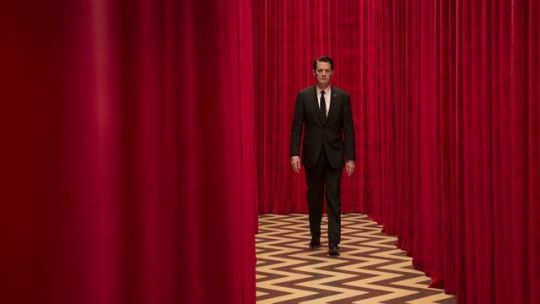
@TVGuideMagazine @Kyle_MacLachlan & @DAVID_LYNCH on the long-awaited return of #TwinPeaks.
When David Lynch and Mark Frost’s surreal Twin Peaks debuted on ABC in April 1990, the nascent World Wide Web was not yet a delivery service for instant feedback—or spoilers. Audiences found themselves frustrated yet intrigued with having to wait, week after week, to learn clues about the trippy show’s central mystery: Who bumped off small-town bad girl Laura Palmer (played by Sheryl Lee)? But even in today’s era of information overload, Showtime has unveiled only the most cryptic of teasers about the much-anticipated 18-episode revival, leaving fans waiting yet again.
Returning star Kyle MacLachlan, who revisits his lead role as unorthodox FBI Special Agent Dale Cooper, also has remained mum on what Coop’s beat will be. Is there a new murder? Is java-loving Agent Cooper still seeing apparitions? Will anyone’s deceased soul find its way into a drawer’s knob? (Yes, that actually happened—along with jazzy dance breaks, soul-stealing supernatural entities in jean jackets and lots of ebullient appreciation of doughnuts and sandwiches.) “I wish I could tell you more,” the actor says with a laugh. “I’m just incredibly excited about what people’s response is going to be.”
Here’s what’s known: It’s now 25 years after the Northwest community of Twin Peaks parsed out the demise of homecoming queen Palmer, with her last seven days rumored to provide a crucial clue to the new narrative. Lynch is directing and cowriting—with producing partner Frost—all 18 installments of the limited series. So how was it to be back in the director’s chair? “Close to heaven on Earth,” says Lynch (below, with the late Miguel Ferrer). “It’s like a feature film divided into parts, so in order for it to hold together, it should be [made] by the same bunch.”
In fact, fan faves such as Mädchen Amick (Shelley), Sherilyn Fenn (Audrey), Kimmy Robertson (Lucy), Harry Goaz (Deputy Andy), Dana Ashbrook (Bobby) and James Marshall (James) are all back. “We’d see each other, and within seconds it’d be like no time had passed at all,” says Lynch, who also reprises his role as comically hard-of-hearing FBI Chief Gordon Cole. Plus, a bevy of new faces in secret roles adds star power to the 217-person cast, including Jennifer Jason Leigh, Naomi Watts, Richard Chamberlain, Ashley Judd and Laura Dern.
This incarnation also marks a TV milestone: The first two parts are making their debut this month at the Cannes Film Festival, the first time in the fest’s 70 years that series television will be shown alongside glitzy gala movie premieres.
“I love revisiting the world and the characters of Twin Peaks,” Lynch says, noting the reboot might not all be set in the town we once knew. Given the various celebrations and fan sites in the show’s honor, so do many viewers. How good is your recall on Twin Peaks?
Here’s your ultimate A-to-Z guide to the seminal drama—including some cool trivia. Cherry pie and cup of joe optional. (Additional reporting by Jeff Pfeiffer)
Angelo Badalamenti The American composer nabbed a Best Pop Instrumental Grammy in 1991 for Twin Peaks’ haunting main theme. Another fun fact: He’s scored six of Lynch’s films and even has a small role in one of them: 2001’s Mulholland Drive.
BOB, aka Killer BOB This evil ghoul from the supernatural realm (Frank Silva, left) possessed Laura’s tortured dad, Leland Palmer (Ray Wise), and eventually, per the final moments of the ABC series, Agent Cooper. Lynch cast Peaks’ set decorator Silva in the pivotal role after spotting him in a mirror’s reflection, which would later—prophetically—become BOB’s creepy visual signature.
Carlton Cuse The Bates Motel cocreator admitted, “We pretty much ripped off Twin Peaks” to capture the tone of the Psycho prequel. Imitation is the sincerest form of flattery!
Diane Keaton The Oscar-winning actress directed the not-very-well-received Season 2 episode “Slaves and Masters,” which wrapped up shady businessman Ben Horne’s (Richard Beymer) bizarre delusion that he was a Civil War hero.
Emmys Peaks won a pair of trophies (for costuming and editing) but was nominated for a whopping 18 total, including drama series, leading actor (MacLachlan), leading actress (Piper Laurie as Catherine Martell, the town’s sullen saw mill proprietor) and supporting actress (Fenn, as teenage seductress Audrey Horne).
Fire Walk With Me The maligned 1992 big-screen prequel film—which has since developed nearly as much of a cult following as the series—starred Lynch, Kiefer Sutherland and singer Chris Isaak as agents investigating the murder of Teresa Banks (the show’s other initial murder case) and tied into the last week of Laura Palmer’s short life.
Great Northern Now known as the Salish Lodge and often flocked to by superfans, the rustic inn seen in the lush opening credits has been renovated into a chic resort and spa that overlooks the Snoqualmie Falls near Seattle.
Horne’s Department Store Audrey’s job at her dad’s retail outlet in Season 1 led from her becoming a swoony Lolita-type into a full-fledged spy, infiltrating his secret brothel after discovering that salesgirls were being lured into prostitution. Scandalous!
Invitation to Love The faux soap opera watched by several Peaks characters often mimicked the series’ own storylines, including
one involving a twin cousin. (Lee also played Laura Palmer’s more demure, brunette cousin, Maddy Ferguson.)
Johnson, Shelley After auditioning for the role of winsome high schooler Donna (played by Lara Flynn Boyle, who is not returning for the revival), newcomer Amick (now starring on Riverdale) so wowed the producers that they created the role of put-upon Double R Diner waitress Shelley just for her. She quickly became adored by fans.
Kiana Lodge The Poulsbo, Washington, locale was used for the Great Northern’s interior shots and as the Blue Pine Lodge, which was a residence shared by Catherine, her goofy fisherman husband, Pete (Jack Nance), and the sultry Josie (Joan Chen), a Chinese émigré with a dodgy past who famously kept a low profile in the industrial township.
Log Lady The recently departed Catherine E. Coulson’s memorably deadpan mystic—who shared a very special connection to her beloved wood—helped Cooper by giving him clues throughout Laura’s murder investigation. The Log Lady (seen right) was famously spoofed in an episode of the Rob Morrow series Northern Exposure.
Man from Another Place, The As the key resident of Cooper’s dream-induced Red Room, Michael J. Anderson’s scary-cool “dancing dwarf” spoke in backward riddles and proclamations. (Our favorite: “That gum you like is going to come back in style.”) He later inspired a memorable bit on The Simpsons.
Northwest Passage This was the original name of the pilot script written by Lynch and co-creator Frost. Not as catchy!
One-Eyed Jacks Owned by Ben Horne and run by madam Blackie O’Reilly (Victoria Catlin), this casino was best known for peddling drugs and hookers and, most importantly, for being one of the last places its young employee Laura Palmer was seen alive.
Project Blue Book Agent Cooper was briefed on this real-life 1950s–1960s secret probe into UFOs conducted by the U.S. government, which he was told included activity around the perimeter of Twin Peaks—hence all the ghostly goings-on.
Queen of Diamonds The famous playing-card royal served as inspiration for Audrey’s outfit at One-Eyed Jacks on her first night as a new hostess…which almost ends with Audrey’s being “broken in” by the owner, who is (gasp) her father!
Roadhouse The show’s biker bar hosted several clandestine rendezvous, as well as Cooper’s meeting with the Giant (the main figure in Cooper’s many dream states), the ill-fated Miss Twin Peaks pageant and musical performances by Julee Cruise’s ethereal house chanteuse (who also sings Peaks’ main theme, “Falling”).
Silent curtain runners High-strung town weirdo Nadine (Wendy Robie) served as its resident inventor too, including this unusual solution for the screech heard when opening draperies.
TV Guide Magazine Twin Peaks placed No. 20 in our 2004 countdown of TV’s Top 25 Cult Shows. (Yes, we know it should have been higher!)
Uproar What happened when fans didn’t find out who killed Laura in the Season 1 finale or even the Season 2 premiere. BOB’s deadly deed was finally revealed in the November 10, 1990, episode, but by then, the low ratings proved more lethal than he was.
Violence Despite the fact the primetime show was on a broadcast network shackled with standards-and-practices regulations, eyebrows were routinely raised for its unflinching portrayals of domestic abuse, electroshock torture and, indelibly, the signature image of Laura Palmer nestled in a body bag.
Wrapped in Plastic This same image in the show inspired the title of rocker/devoted fan Marilyn Manson’s 1994 song about dysfunction, which also samples Laura’s screams from the series finale. A meta treat for fans.
X-Files Before the truth was out there, David Duchovny (left)—then dating actress Robertson, who plays baby-voiced police secretary Lucy—made his television debut portraying trans FBI agent Denise Bryson.
Yamaguchi, Fumio The actor credited with playing Season 2’s mysterious Japanese real estate investor “Mr. Tojamura” turned out to be a fake! All along, it was series regular Piper Laurie’s believed-to-be-dead Catherine in full-on Mission: Impossible–level disguise. Had us fooled!
Zen It proved to be the preferred mental state of dogged crime fighter Agent Cooper, whether he was calmly dictating into his prized tape recorder or hanging upside down to meditate. Will he still be as cool 25 years later?
Twin Peaks, Series Return, Sunday, May 21, 9/8c, Showtime
link (TP)
0 notes